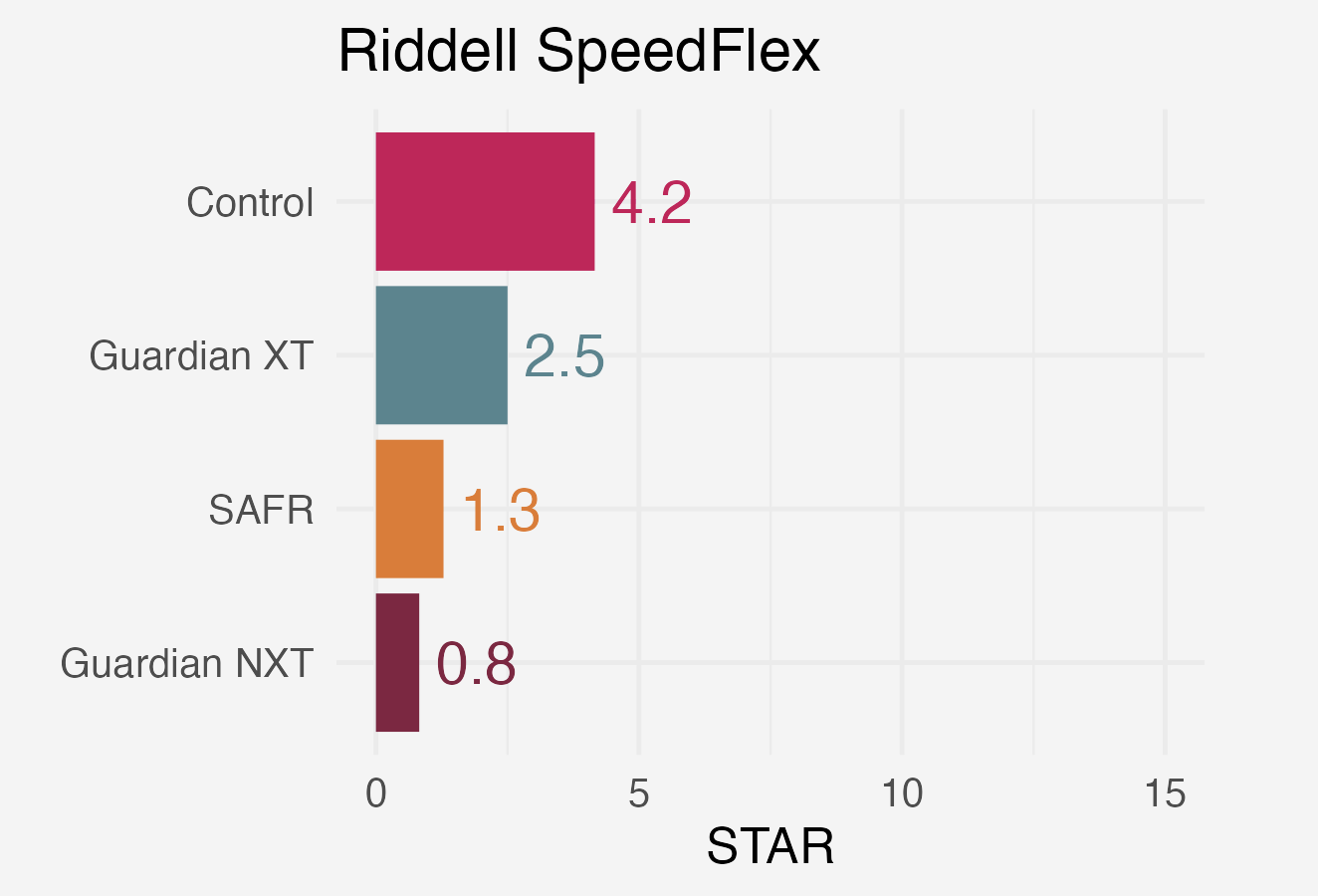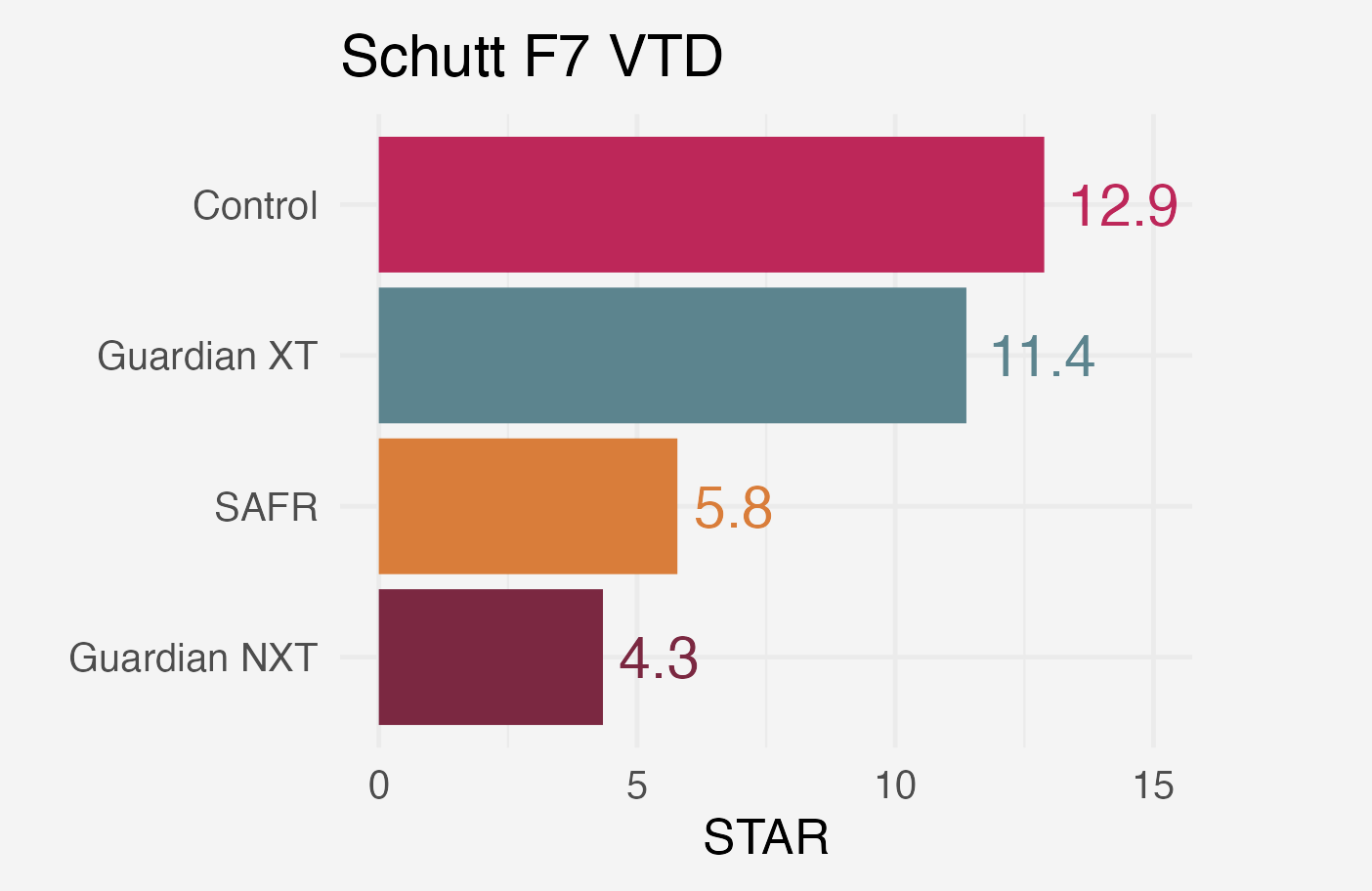Guardian Caps: How Effective Are They In Reducing Concussion Risk?
Football is a high-impact sport, and the risks associated with it, particularly concussions, have garnered significant attention in recent years. With a growing emphasis on player safety, innovative solutions like Guardian Caps have been introduced to reduce the risk of concussions. However, while these add-ons play a valuable role, it's crucial to understand that they are part of a broader strategy where a quality-rated football helmet remains one of the most important cornerstones of concussion risk reduction in contact sports.
What are Guardian Caps?
Guardian Caps are soft-shell helmet covers designed to be worn over a traditional football helmet. They are constructed from a padded material that aims to reduce the impact of collisions during practice or games. By absorbing and dispersing the force from hits, Guardian Caps can lower the risk of head injuries, including concussions. The primary function of these caps is to decrease the intensity of repeated blows, particularly in non-game situations where players might face a higher volume of impacts over time.
The Role of Football Helmets
While Guardian Caps provide an additional layer of protection, the effectiveness of any concussion risk reduction strategy in contact sports fundamentally depends on the quality of the football helmet underneath. A helmet that is poorly rated or improperly fitted cannot be adequately compensated for by an external add-on. Helmets are engineered to meet specific safety standards, focusing on impact absorption, structural integrity, and overall fit to protect players from the severe effects of head injuries.
The Virginia Tech Helmet Lab's rating system is a critical resource in identifying helmets that offer the highest level of protection and can be found HERE. A high-rated helmet, when combined with Guardian Caps, creates a more comprehensive defense against concussions.
Comparing Guardian XT and NXT Models:
The Guardian Caps come in two main models, the XT and NXT, both of which are evaluated for their impact on concussion risk. The Virginia Tech Helmet Lab provides insights into how these models perform in conjunction with football helmets.
Guardian XT: The XT model is the original design of the Guardian Cap, intended to reduce impact forces. Although this model when used appropriately does appear to decrease concussion risk but not as much as the NXT model. The XT model is available to any consumer whereas at this time the NXT is not. Check out the XT model HERE.
2. Guardian NXT: The NXT model is an evolution of the XT, featuring an upgraded design that aims to improve the performance and comfort of the cap. It offers a more streamlined appearance and is engineered to further optimize impact reduction. The NXT is particularly favored for its enhanced fit and ease of use, making it a preferred option for teams looking to maximize player safety without compromising on comfort. Check out the NXT model HERE.
It is important to note that the Guardian Cap NXT is only available to NFL athletes and College Linemen currently. I am working to gain clarity on this topic, as I feel everyone should have access to the best protective equipment if they so choose.
“The NFL Guardian Cap NXT version is ONLY for NFL athletes and college linemen and can be ordered through a rep only.”
The Virginia Tech Helmet Lab’s testing reveals that both models reduce impact severity when used with high-rated helmets, with the NXT performing significantly better compared to the XT. However, the effectiveness of these caps is inherently linked to the quality of the helmet they are used with.
The below results are from the Virginia Tech Helmet Ratings website and you can view the full article HERE.
The shell add-ons were tested with the Riddell Speed Flex and Schutt F7 helmets. Another product called SAFR was also included in this lab test but we will not be discussing that product in this post. Each product is given a STAR score based on its performance in the lab test.
The STAR (Summation of Tests for the Analysis of Risk) score from the Virginia Tech Helmet Lab is a comprehensive rating system designed to evaluate the effectiveness of football helmets in reducing concussion risk. The score is calculated based on a series of impact tests that measure how well a helmet can reduce the force of collisions that players typically experience during play.
Here’s how the STAR score works:
Impact Testing: Helmets are subjected to various impact tests at different locations and angles to simulate real-world conditions.
Risk Assessment: The data from these tests are used to estimate the likelihood of a concussion occurring from impacts of different magnitudes.
Score Calculation: The STAR score is determined by summing the concussion risk probabilities across all impact scenarios. A lower STAR score indicates better overall performance in reducing concussion risk.
Helmet Ratings: Helmets are then rated based on their STAR scores, with higher-rated helmets offering better protection against concussions.
The Virginia Tech Helmet Lab's STAR ratings are widely recognized as a reliable indicator of helmet safety, helping players, coaches, and teams choose helmets that provide the best protection.
“A lower STAR score indicates better overall performance in reducing concussion risk.”
The Below graphs represent the performance of the Riddell SpeedFlex and Schutt F7 helmets with the respective shell add-ons in place but with NO shell add-on being placed on the impactor face. This would simulate an impact where the athlete being hit was wearing the Guardian Cap while the other athlete did not.
The graphs represent the performance of the Riddell SpeedFlex and Schutt F7 helmets with the respective shell add-ons in place for both the helmet and the impactor face. This simulates an impact where the athlete being hit and the athlete doing the hitting were both wearing the shell add-ons.
The Synergy Between Helmets and Guardian Caps
Guardian Caps are a valuable addition to a football player’s protective gear, especially during practice, where the frequency of hits can be high. However, they should not be viewed as a standalone solution. The synergy between a high-rated football helmet and a Guardian Cap is where the real potential for concussion risk reduction lies.
A well-rated helmet, such as those tested and recommended by the Virginia Tech Helmet Lab, which can be viewed HERE provides the fundamental protection needed to mitigate the risk of concussions. When combined with a Guardian Cap, particularly the more advanced NXT model, players can benefit from a significantly enhanced level of safety, but the NXT model is still only available to NFL players or Collegiate Lineman.
Conclusion
In conclusion, while Guardian Caps offer a meaningful reduction in concussion risk, they should be seen as part of a broader protective strategy. Investing in a high-quality, well-rated football helmet is the first and most critical step in safeguarding athletes from the dangers of head injuries when participating in contact sports. You can read my other articles on helmets, mouth guards, and neuromuscular warm-up with the following links for additional evidence-based strategies that decrease concussion risk: Helmets, Mouth Guards, and Neuromuscular warm-up. By adding Guardian Caps to other evidenced-based risk reduction strategies they can then serve as an additional layer of protection, further reducing the impact forces that players experience during practice or games.










